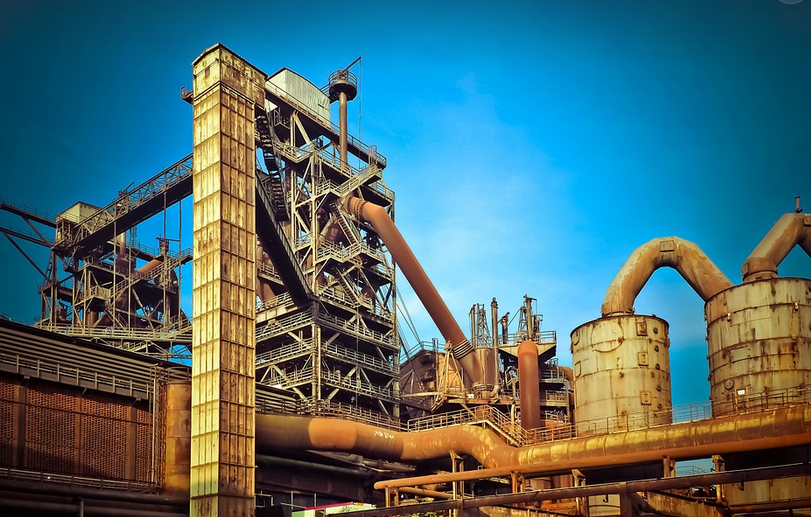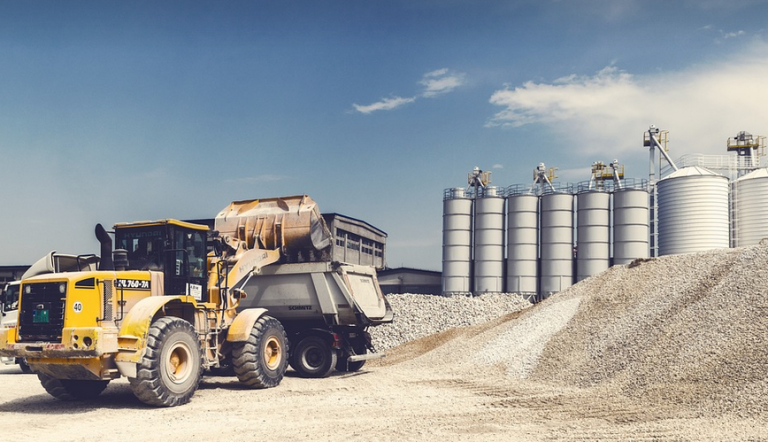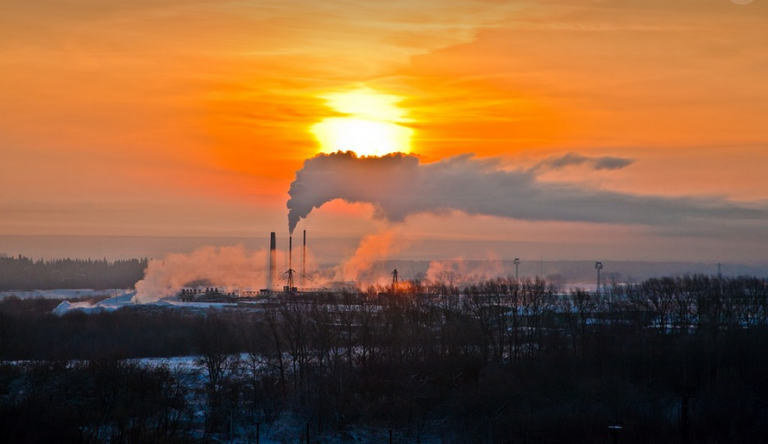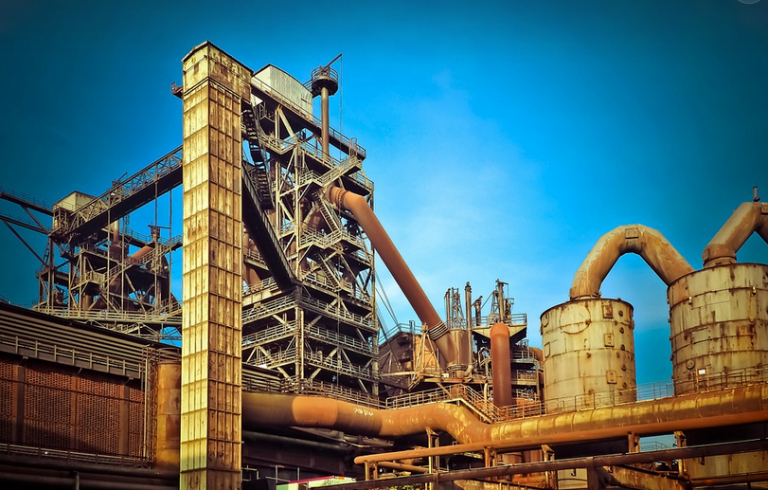
What Exactly is Welding, Anyway?
Welding, at its core, is a fascinating and powerful process that joins two or more pieces of metal together. Imagine it as super-glue for metal, but with a whole lot more oomph! It involves melting the edges of the metals with intense heat, often using specialized equipment like welders. The resulting fusion creates a strong and secure bond.
How Hot Does Welding Get?
Welding involves reaching incredibly high temperatures – way higher than what you’d find in your oven! Think about it: the welding torches can heat up to 4,000 degrees Celsius (7,200 degrees Fahrenheit). This extreme heat is the key behind creating those strong bonds between metals.
To put things into perspective, this heat melts the metal atoms themselves, allowing them to flow and interlock like puzzle pieces. It’s like a microscopic dance of metal, all happening at an astonishingly fast pace.
Types of Welding: Each with Different Heat Needs
There are many different welding techniques, and each one has its own temperature and heat management requirements. Some methods rely on the high temperatures to create bonds, while others use them for preheating or melting specific alloys. This allows welders to achieve precise control over the process.
For instance, in **stick welding**, a welder uses a consumable electrode that melts onto the metal workpiece as it is being welded. The heat from this process can reach 6000°C (10,800°F) or even higher depending on the type of material and current settings.
In **TIG welding**, also known as gas tungsten arc welding, a non-consumable tungsten electrode melts the metal. This method relies on precise control of arc length and shielding gas to maintain the desired temperature, and it can reach temperatures between 4,000°C (7,200°F) to 6,000°C (10,800°F). It’s considered one of the most accurate welding techniques.
Safety First: Keeping Cool in the Heat
So, you know how hot welding can get! This heat is dangerous and needs to be carefully managed and monitored. Welding involves wearing protective gear like fire-resistant clothing, gloves, and safety goggles. The fumes produced during the process need to be ventilated properly for your health.
Welding work also requires proper ventilation to control the harmful effects of welding fumes which can contain metals that are harmful to human health. Using a respirator or air filtration system can help keep you safe from these dangerous substances.
The Power of Welding: Shaping Our World
Welding has revolutionized our world in countless ways, from building skyscrapers and bridges to creating intricate artwork and assembling complex machinery. It plays a vital role in various industries, including construction, manufacturing, automotive, aerospace, and even healthcare.
Think about the next time you look at a sturdy bridge or an impressive skyscraper – they’re likely built with the help of welding techniques. From these massive structures to smaller objects like jewelry or tools, it’s clear that welding is an integral part of our modern world.
Beyond the Flame: A Look into the Future
As technology advances, so does the field of welding. Modern welding processes are becoming more efficient and precise, allowing welders to create even stronger bonds and work faster than ever before. New materials are being developed that are better suited for welding, leading to a future where this technology continues to evolve.
The use of robotics in welding is already transforming the industry, increasing efficiency and accuracy while minimizing safety risks. Imagine robots working alongside welders to perform complex tasks with precision, reducing human error and enhancing overall productivity.



